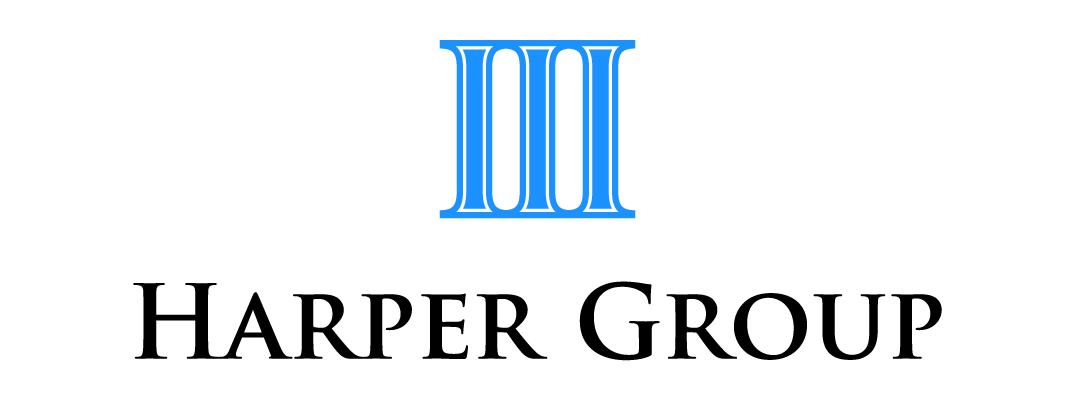Undisclosed income risks hefty asset betterment statements
A recent Federal Court decision has put the spotlight on asset betterment – the controversial approach the ATO takes to determine undisclosed income.
In the case of Le v Commissioner of Taxation [2021] FCA 303, the ATO used an asset betterment calculation to justify including an additional $4.5 million in the assessable income of a couple.
This adjustment was made after an ATO calculation on their affairs showed significant wealth had been accrued and that this income, including potentially cash, had not been reported.
Asset betterment — an overview
An asset betterment calculation is an approach the ATO uses to determine undisclosed income.
It is mostly applied when dealing with businesses that operate in the cash economy – cafes, bars, laundromats and the like. The net increase in a taxpayer’s financial position each year is tallied up and compared with their tax return. Any significant discrepancies between what the taxpayer spends and assets they accumulate compared to their reported income are flagged and investigated.
What information does the ATO use?
The ATO often uses information about expenditure on items, such as luxury cars, private school fees, international holidays and gambling losses, in an asset betterment calculation.
Whilst these cash outflows are simply money out the door to the taxpayer, they are treated as a source of income under asset betterment.
The Commissioner’s theory behind this approach is that to pay for the expense, a corresponding amount of income must have been earned in the first place and the source of this income has not been declared, hence the discrepancy between the tax returns and the asset betterment calculation.
The reason for the emphasis on private expenditure comes about due to the challenges posed by collecting tax revenue from taxpayers who operate businesses in the cash economy.
Asset betterment is highly criticised because it appears to rely on numbers plucked from thin air — which should unsettle cash businesses that don’t declare their full income. In the majority of cases before the courts, the reason for this reliance on what is perceived to be arbitrary numbers is due to the absence of a more reliable method to determine undisclosed income.
Disputing an asset betterment statement
A taxpayer seeking to challenge a notice of assessment bears the onus of proving the assessment is excessive and what the correct assessment of tax on their income ought to be. It is not enough to point out the ATO’s errors in an asset betterment calculation and expect the AAT to override the assessment.
Section 14ZZ of the Taxation Administration Act 1953 provides that, in relation to an objection decision, the taxpayer has the burden to prove the notice is excessive and otherwise incorrect and what the assessment should have been.
The taxpayers will need to produce reliable evidence of their income earning activities from their cash businesses during the period.
Harper Group Pty Ltd – Chartered Accountants Frankston - Ph 9770 1547
Disclaimer: All information provided in this article is of a general nature only and is not personal financial or investment advice. Also, changes in legislation may occur frequently. We recommend that our formal advice be obtained before acting on the basis of this information.
Please note we at Harper Group Pty Ltd are not licensed to provide financial product advice under the Corporations Act 2001 (Cth) and taxation is only one of the matters that must be considered when making a decision on a financial product, including on whether to make superannuation contributions. You should consider taking advice from the holder of an Australian financial services licence before making a decision on a financial product.
